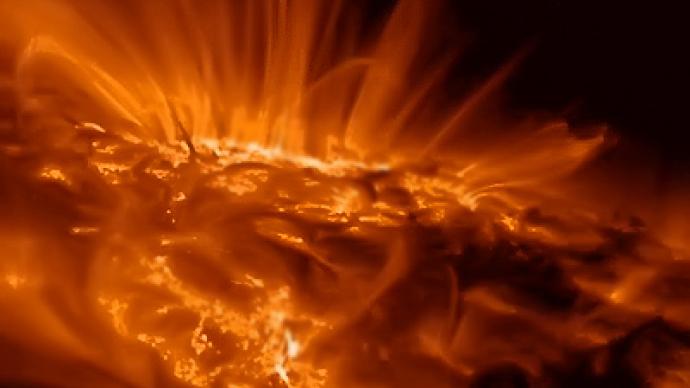Strongest sun storm in years set to strike

Our planet is gearing up for its largest magnetic storm in years, which is due to arrive later on Friday. A number of scientists have warned of a possible technological disaster.
Some people are even taking the precaution of staying away from electrical appliances like TVs, kettles and toasters, but is such action based on fact, or fear due to hype?Solar flares do put out a lot of radiation which is capable of damaging satellites and other appliances outside of the atmosphere. The latter acts like a shield, protecting the Earth from solar radiation.Because of the potential effect of magnetic storms on satellites, possible problems with telecommunication, including interference with navigation systems such as GPS, are possible.Sun storms are also behind the phenomena known as Aurora Borealis and Aurora Australis – dramatic light shows that occur naturally in the skies of polar regions. They are caused by the collision of charged particles from the sun directed by our planet’s magnetic field. Auroras are usually observed at night and typically occur in the ionosphere.














